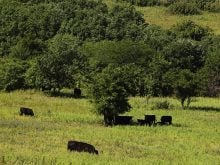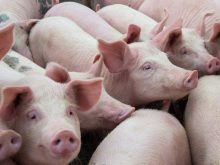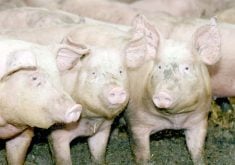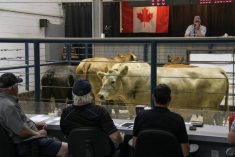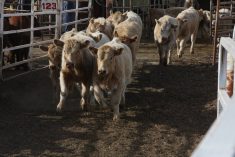Larry Schweitzer was relieved after learning Manitoba will have two ports of entry in his province for shipping cattle to the United States when the border reopens, possibly in early March.
Schweitzer, the new president of the Manitoba Cattle Producers Association, was under the impression last fall that there might be only one port of entry from Manitoba under the rules established for the resumption of exports of ruminants younger than 30 months.
“We’re glad to get that second port, that’s for sure,” said Schweitzer, adding the ports of entry will be at Boissevain and Emerson.
Read Also
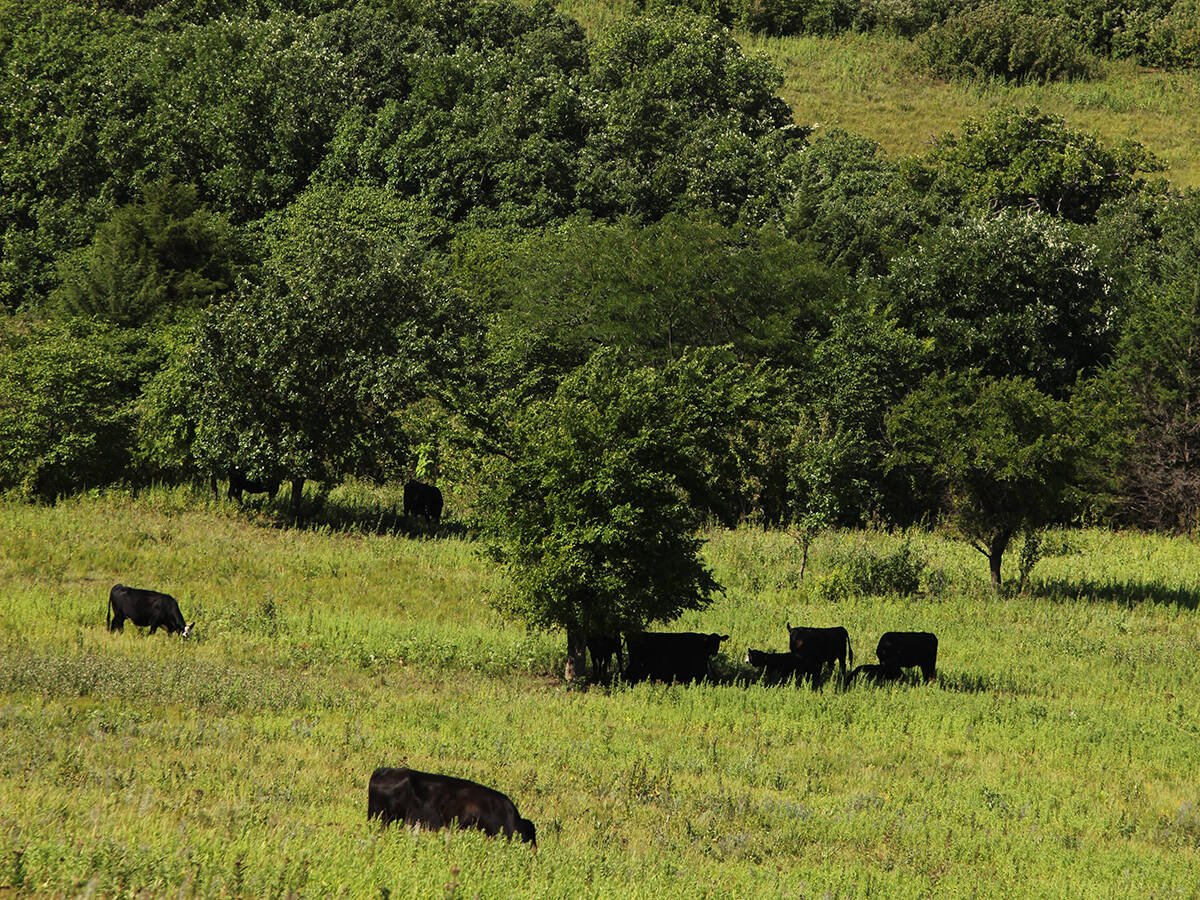
Beef cattle more prone to trace mineral deficiencies
The trace mineral status of our cows and calves is a significant challenge for western Canadian producers and veterinarians.
Schweitzer had worried that too few ports of entry could cause congestion of cattle shipments.
He also had been concerned about the inconvenience for producers in western Manitoba if they had to ship all cattle through the Pembina port in eastern Manitoba or through a port in Saskatchewan.
The Canadian Food Inspection Agency said last week there are no indications that the ports recognized under the rules that will resume cattle trade to the U.S. will be different from those that were recognized before BSE closed the border in May 2003.
The CFIA drew on information from the U.S. Department of Agriculture website, which indicated that the following land border ports in Western Canada are designated as having the necessary inspection facilities to handle ruminants from Canada: Kingsgate, B.C. (Eastport, Idaho); south of Vancouver (Blaine, Washington); Aldergrove, B.C. (Lynden, Wash.); Osoyoos, B.C. (Oroville, Wash.); Huntingdon, B.C. (Sumas, Wash.); Coutts, Alta. (Sweetgrass, Montana); West Poplar River, Sask. (Opheim, Mont.); Regway, Sask. (Raymond, Mont.); North Portal, Sask. (Portal, N.D.); Boissevain, Man. (Dunseith, North Dakota); and Emerson, Man. (Pembina, N.D.).
Cindy McCreath, communications officer for the Canadian Cattlemen’s Association, said Jan. 12 she was not aware of concerns about how many ports of entry there might be when trade in live cattle resumes.
She also was not aware of anyone within the CCA doing a comparison to see if the number of ports recognized in the new rules was different from what existed before BSE was discovered.


